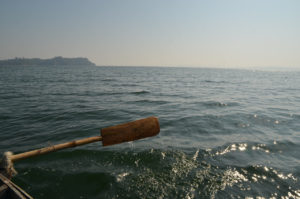 Pong-Dam
Pong-Dam
A reservoir has been constructed on the river Beas in the wet land of Shivalik hills of Kangra district of Himachal Pradesh, which has been named as Maharana Pratap Sagar. It is also known as Pong reservoir or Pong Dam.This dam was built in 1975 named in honor of Maharana Pratap, this reservoir or lake is a famous wildlife sanctuary and one of the 25 international wetland sites declared by Ramsar Sammel in India.There are Lots of Sightseeing and Activity around Pong Dam Lake for Tourist
 Bathu Ki Ladi
Bathu Ki Ladi
Bathu temple, a drive of about 40 kms from The Pong Eco Village & 1/2 hour from motor boat.Bathu temples (where Bathu is the name of the stone) which stays submerged for 8 months of the year. Popularly known as “Bathu ki Ladi”, this cluster of temples become visible only in the months of March-June when the water level of Maharana Pratap reservoir dips down considerably.
The locals believe in various historical stories about the temple but there are 2 famous ones:
- Some believe that the temple was constructed by a local king
- Bathu ki Ladi is also said to be constructed by the Pandavas in the Mahabharata era. It is also believed that they tried to build the “staircase to heaven” from here only
The cluster consists of 6 temples out of which 5 are dedicated to Lord Vishnu and the main one in the center is dedicated to Lord Shiva. The temple contains idols of Sheshnag and Lord Hanuman too.
 MASROOR TEMPLE
MASROOR TEMPLE
The Masrur Temples, also referred to as Masroor Temples or Rock-cut Temples at Masrur, is an early 8th-century complex of rock-cut Hindu temples in the Kangra Valley of Beas River in Himachal Pradesh, India. The temples face northeast, towards the Dhauladhar range of the Himalayas. They are a version of North Indian Nagara architecture style, dedicated to Shiva, Vishnu, Devi and Saura traditions of Hinduism, with its surviving iconography likely inspired by a henotheistic framework. Though a major temples complex in the surviving form, the archaeological studies suggest that the artists and architects had a far more ambitious plan and the complex remains incomplete. Much of the Masroor temple sculpture and reliefs have been lost. They were also quite damaged, most likely from earthquakes.
The entire complex is symmetrically laid out on a square grid, where the main temple is surrounded by smaller temples in a mandala pattern. The main sanctum of the temples complex has a square plan, as do other shrines and the mandapa. The temples complex features reliefs of major Vedic and Puranic gods and goddesses, and its friezes narrate legends from the Hindu temple.
 Kangra Fort
Kangra Fort
The Kangra Fort was built by the royal Rajput family of Kangra State (the Katoch dynasty), which traces its origins to the ancient Trigarta Kingdom, mentioned in the Mahabharata epic. It is the largest fort in the Himalayas and probably the oldest dated fort in India. The fort of Kangra resisted Akbar’s siege in 1615. However, Akbar’s son Jahangir successfully subdued the fort in 1620, forcing the submission of the Raja of Chamba, “the greatest of all the rajas in the region”. Mughal Emperor Jahangir with the help of Suraj Mal garrisoned with his troops.
The Katoch Kings repeatedly looted Mughal controlled regions, weakening the Mughal control and with the decline of Mughal power, Raja Sansar Chand-II succeeded in recovering the ancient fort of his ancestors, in 1789. Maharaja Sansar Chand fought multiple battles with Gurkhas on one side and Sikh King Maharaja Ranjit Singh on the other. Sansar Chand used to keep his neighboring Kings jailed, and this led to conspiracies against him. During a battle between the Sikhs and Katochs, the gates of the fort had been kept open for supplies. The Gurkha army entered the opened scarcely armed gates in 1806. This forced an alliance between Maharaja Sansar Chand and Maharaja Ranjit Singh. Subsequently in 1809 the Gurkha army was defeated and they had to retreat across Sutlej River. The Fort remained with the Katochs until 1828 when Ranjit Singh annexed it after Sansar Chand’s death. The fort was finally taken by the British after the Sikh war of 1846. A British garrison occupied the fort until it was heavily damaged in an earthquake on the 4th of April, 1905.
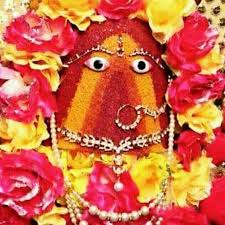 CHINTPURNI MANDIR
CHINTPURNI MANDIR
Chintpurni is a major pilgrimage Centre and one of the Shakti Peethas in India. The Chintpurni shakti peeth (Chinnamasta shakti peeth) is located in Una district Himachal Pradesh state, surrounded by the western Himalayas in the north and east in the smaller Shiwalik (or Shivalik) range bordering the state of Punjab. The Chintpurni Shakti Peeth houses the temple of Chinnamastika Devi or Chinnamasta Devi. Chinnamasta or Chinnamastika temple is one of the 7 major and 51 total Shakti Peethas. Here, Chhinnamasta is interpreted as the severed-headed one as well as the foreheaded-one. The Hindu genealogy registers at Chintpurni, Himachal Pradesh are kept here. One cannot take the prasad offered to deity along with them
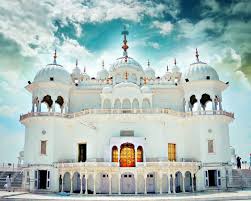 Anandpur Sahib
Anandpur Sahib
Anandpur Sahib, sometimes referred to simply as Anandpur (“city of bliss”), is a city in Rupnagar district (Ropar), on the edge of Shivalik Hills, Indian state of Punjab. Located near the Sutlej River, the city is one of the most sacred places in Sikhism, being the place where the last two Sikh Gurus lived, Guru Teg Bahadur Ji and Guru Gobind Singh Ji. this is the place where Guru Gobind Singh Ji founded the Khalsa Panth in 1699. The city is home to Kesgarh Sahib Gurdwara, one of the five Takhts in Sikhism.
The city is a pilgrimage site in Sikhism. It is the venue of the largest annual Sikh gathering and festivities during Hola Mohalla in the spring season.
 PONG DAM – WATER ADVENTURE SPORTS
PONG DAM – WATER ADVENTURE SPORTS
There is great opportunity for lovers of water sports at the Pong Dam in Kangra district. The man made reservoir of the dam is 42 km in length and 2 km in width on the Beas river.
The regional water sports centre here is a pioneer in these specialized activities. There is swimming, canoeing, rowing, sailing, Speed Boating, and water skiing- all competitive events. Training is also imparted in water safety and rescue measures.
Website – www.thepongecovillage.com
Mail id – infothepong@gmail.com
Facebook page – The Pong Eco Village
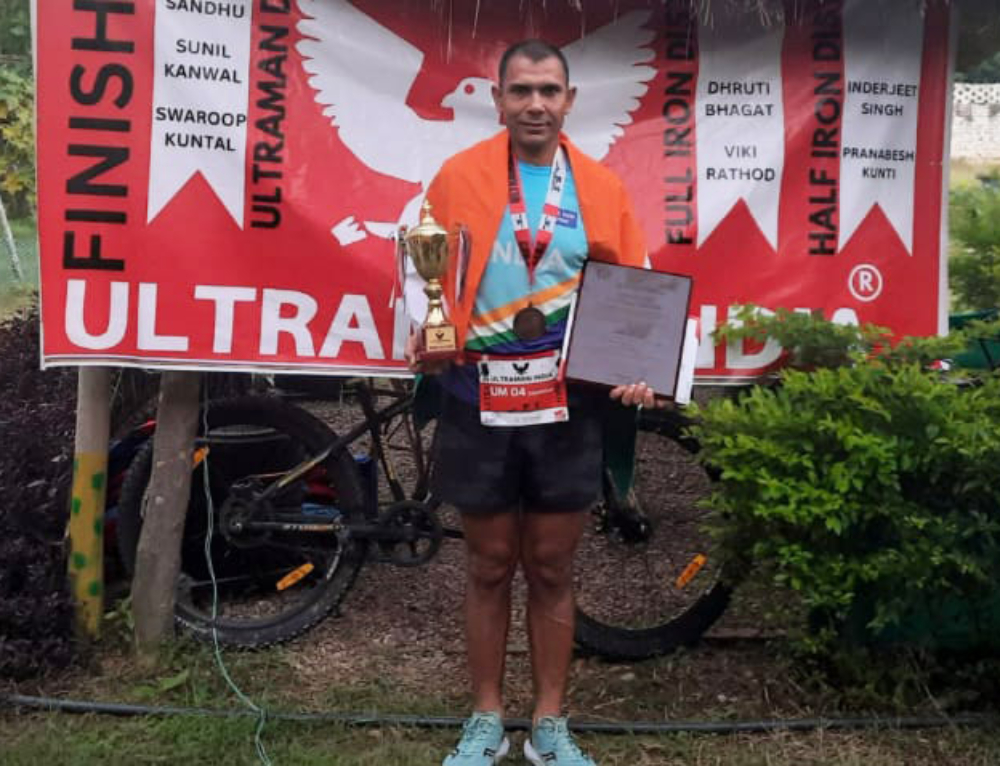
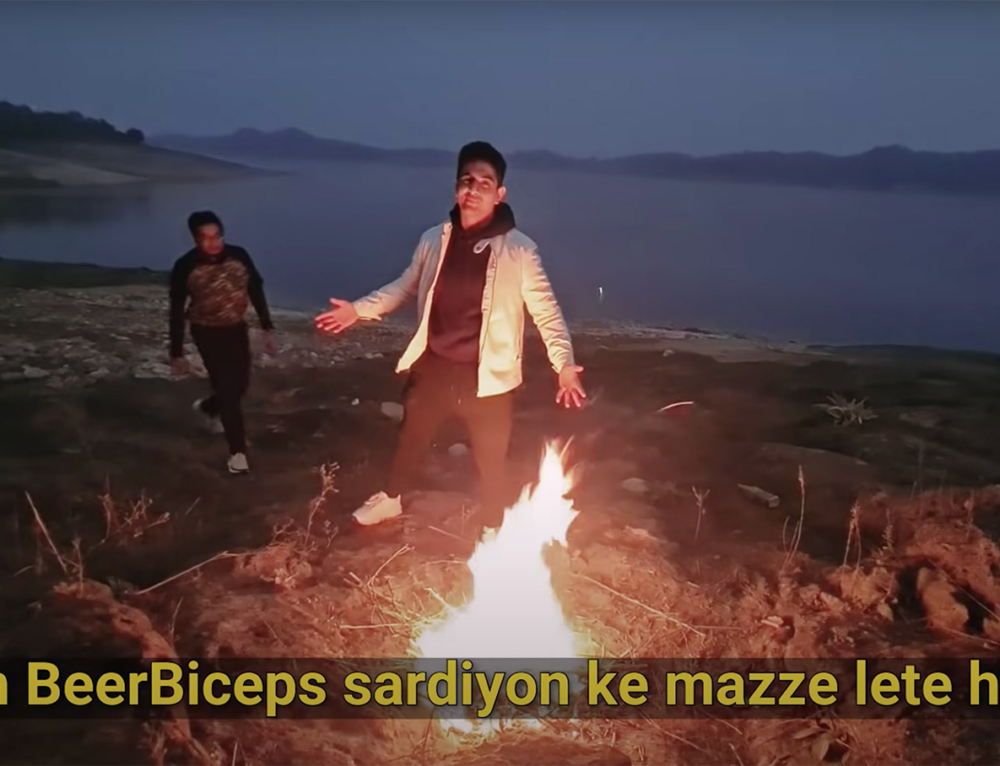
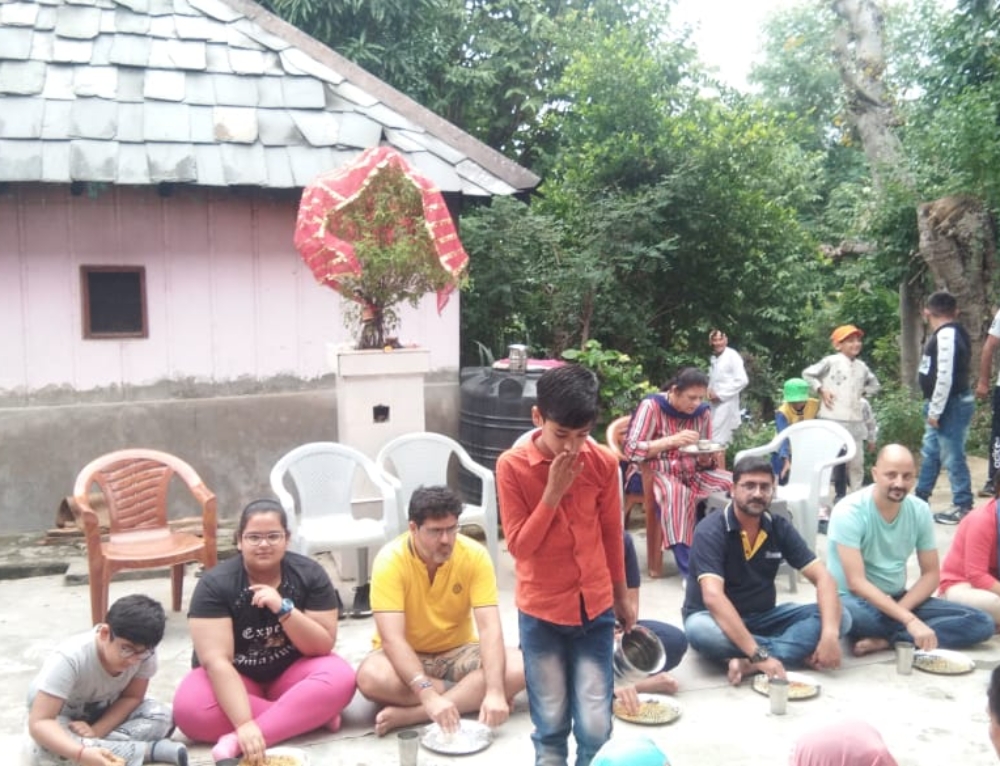
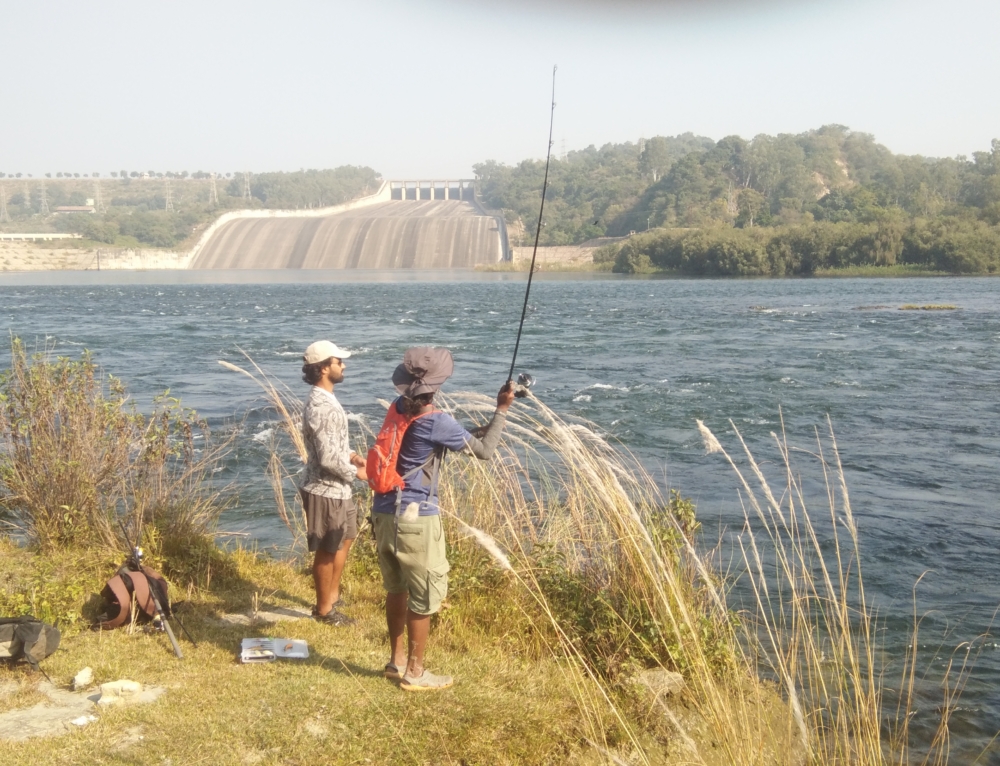


Leave A Comment